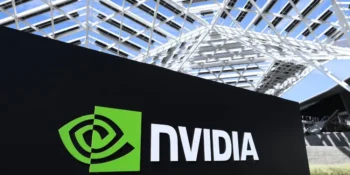Key Points:
- Telecom operators are discussing the transition to 5.5G, also known as 5G Advanced, at the Mobile World Congress in Barcelona.
- 5.5G is expected to power more advanced applications, including mixed reality headsets, self-driving cars, and smart manufacturing.
- The standards-setting body, 3GPP, is working on “release 18” for 5.5G, with release 19 anticipated to be a major upgrade—6G.
- Huawei anticipates commercial deployments of 5.5G in 2024, with downlink speeds of 10 Gbps.
Still in the process of global 5G network deployment, telecom operators are now setting their sights on the next technological leap—5.5G, also known as 5G Advanced. During the recent Mobile World Congress (MWC) in Barcelona, executives from major carriers, including Deutsche Telekom, Orange, Telefonica, BT, and Vodafone, discussed their plans for ushering in the era of 5.5G.
5.5G is envisioned to take mobile internet capabilities to new heights, enabling even more advanced applications than the current data-intensive ones such as Facebook, Instagram, YouTube, Netflix, and TikTok. The technology is expected to power advancements in mixed reality headsets, self-driving cars, unpiloted air taxis, and smart manufacturing facilitated by the Internet of Things (IoT).
The standards-setting body, 3GPP, responsible for defining global technical rules, is currently working on the standards for 5.5G, referred to as “release 18.” Release 19 is anticipated to be the next major upgrade—6G, although it is still in its early stages of development.
5.5G is expected to deliver faster uplink speeds, doubling upstream capacities and making it ideal for applications requiring quick data delivery. The technology is also poised to make networks more intelligent by integrating artificial intelligence (AI) and machine learning while improving performance and reducing power consumption.
Chinese telecommunications equipment supplier Huawei anticipates commercial deployments of 5.5G in 2024. Huawei’s 5.5G is projected to offer downlink speeds of 10 Gbps, demonstrating a significant leap in data transfer capabilities.
While the transition from 5G to 5.5G may pose challenges in convincing consumers of noticeable improvements, telecom companies emphasize the importance of conveying the practical use cases of 5.5G. The industry’s focus on enterprise applications, private 5G networks, and leveraging AI to enhance network efficiency is expected to be a key driver for the successful adoption of 5.5G.










